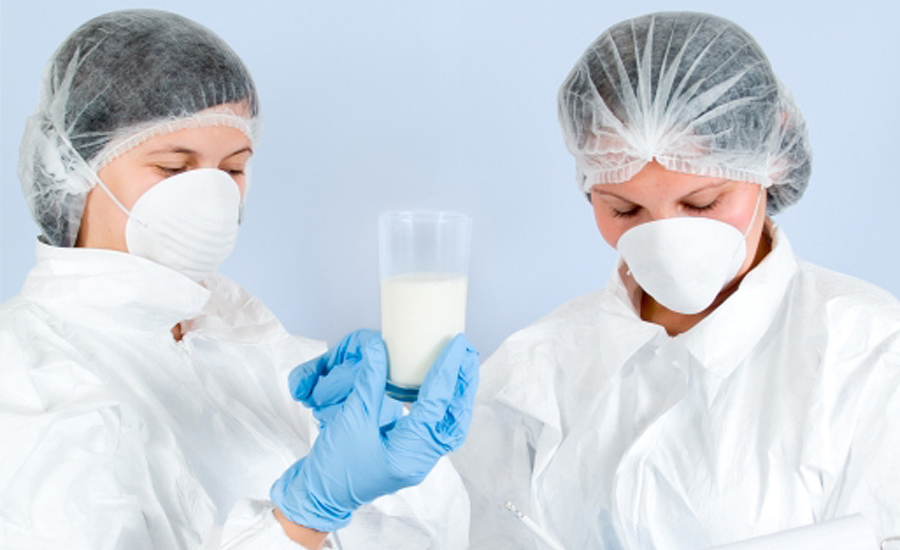Food distribution temperature is one of the most important factors to be controlled to prevent foodborne illnesses in the foodservice industry.
In this study, researchers collected and analyzed 339,548 records of food temperatures from corporate catering foodservice operations to identify different scenarios and possible factors predictive of Salmonella and Listeria monocytogenes growth.
Data showed a Beta General distribution as the most appropriate model to describe the distribution temperature for most of the cold foods while the Triangular distribution fit best for hot foods.
Temperature profiles and intrinsic parameters of the most frequently consumed cold foods were considered to predict Salmonella and L. monocytogenes growth using ComBase models. Salmonella exposed to temperatures of 7°C, 10°C, 15°C, 21°C, 36.5°C and 40 °C was able to grow from 0.11 to 1.06 log CFU/g after 6 h, considering this period to be the maximum time of distribution of foods. L. monocytogenes exposed to temperatures of 1°C, 5°C, 10°C, 15°C, 21°C, 36.5° and 40 °C showed growth between 0.05 and 2.09 log CFU/g during the same time period.
According to the predictive model, Salmonella spp. and L. monocytogenes were not able to grow on cold foods stored for 6 hours at temperatures below 10°C. Therefore, these temperatures are suggested as safe for the distribution of cold foods over periods shorter than 6 hours. Controlling the time elapsed in different distribution scenarios is necessary to prevent microbial multiplication.
Highlights from the study:
• Cold meals demonstrated more inadequate temperatures than hot meals.
• Warm external temperatures influence the distribution temperatures of cold meals.
• Cold meals distribution temperatures were described by Beta General distribution.
• Hot meals distribution temperatures were described by Triangular distribution.
• There is no growth of Salmonella and L. monocytogenes in cold meals until reaching 10°C.


